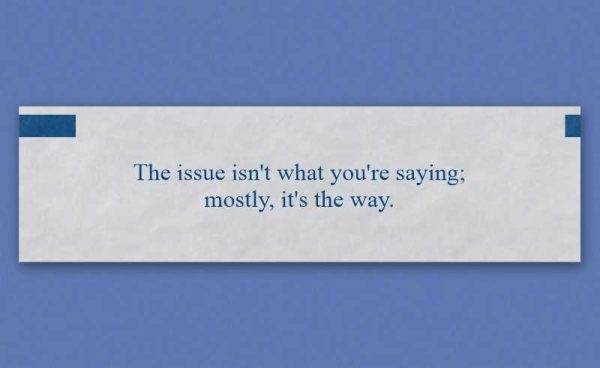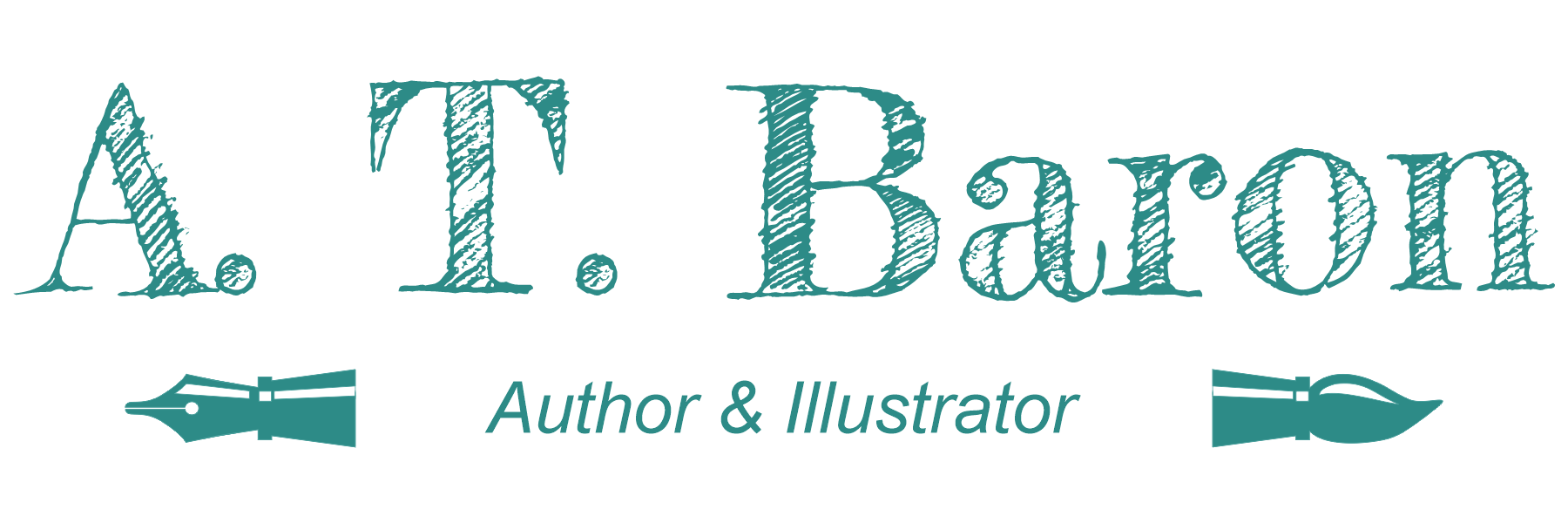Fortune Cookie Friday: Say It with Meaning
Since the dawn of life on Earth, species have communicated with each other. Some creatures give off chemical signatures, while others emit a fluorescence. Some do a little dance, while others build intricate nests. Humans have developed many means of communicating. We can use speech, writing, texting (including short form), emoticons and emojis, sign language, semaphore, signs, Morse code, whistling, drums, smoke signals, and body language.
Communication is key to society. What we say, how we say it, and who we say things to all impact how we make decisions in the world. Our range of communication means we can say a lot and in many different ways. It also means we can make mistakes no matter what we say.

There is a writer’s meme about the Oxford comma. It contrasts “Let’s eat Grandma” with “Let’s eat, Grandma.” It then states that “Punctuation saves lives.” There is a big difference between inviting Grandma to eat and eating Grandma.
You see, it isn’t just what we say that can impart a particular mood, but also how we say it. It’s not just about where we put a comma or period. The tone and inflection of our words or body posture can add information to our speech. We can precisely impart what we want to mean when we get it right, or we can twist things around on purpose, as with sarcasm. But when our tone is wrong by accident, it can cause confusion, sadness, or anger.
In many cases, words aren’t necessary to understand the information. Before humans had a spoken language, we had to convey information with what little sounds we could make. That meant we had to add emotion to that grunt, scream, or shrug. Modern humans still use this technique when dealing with foreign languages and infants. We might not understand the words or sounds, but a smiling face or handshake can give us many clues.
But what happens when we can’t see or hear the person speaking? Online communication and written correspondence need to be specific if we want to make our point clear. From business letters to friendly texts, it’s easy to have the wrong meaning even if we think we used the right words.

With stories, writers can create scenes that connect with the reader. When we write dialog, putting in the speaker’s actions or emotion helps relay what’s happening at that moment. Choosing the right words to do that is challenging, but it sets the mood of the scene, and it makes a better story. We draw the scene and emotion with words.
The phrase, “I’m gonna get you,” can feel completely different depending on whether the speaker is shouting it with rage in their eyes or softly lilting with a sly smile. It could also imply a simple statement after the question, “Who’s picking me up?” One phrase, three different meanings.
We can’t always use a creative writer’s style when writing a letter to a company or coworker, but we can still choose our words carefully to give a sense of the correct emotion. Business letters are usually persuasive. The writer wants to convey a specific message to the recipient, making them take a particular course of action. Plenty of words can soften our writing and still be direct. Using words such as please, thank you, would, we (instead of you), and appreciate can go a long way. They show a respectful and polite tone.
No matter the meaning behind our conversation, we should aim for clarity, especially if we want the listener to understand how we feel.
Since we mean to say things when we speak, we should try to say them with meaning.




